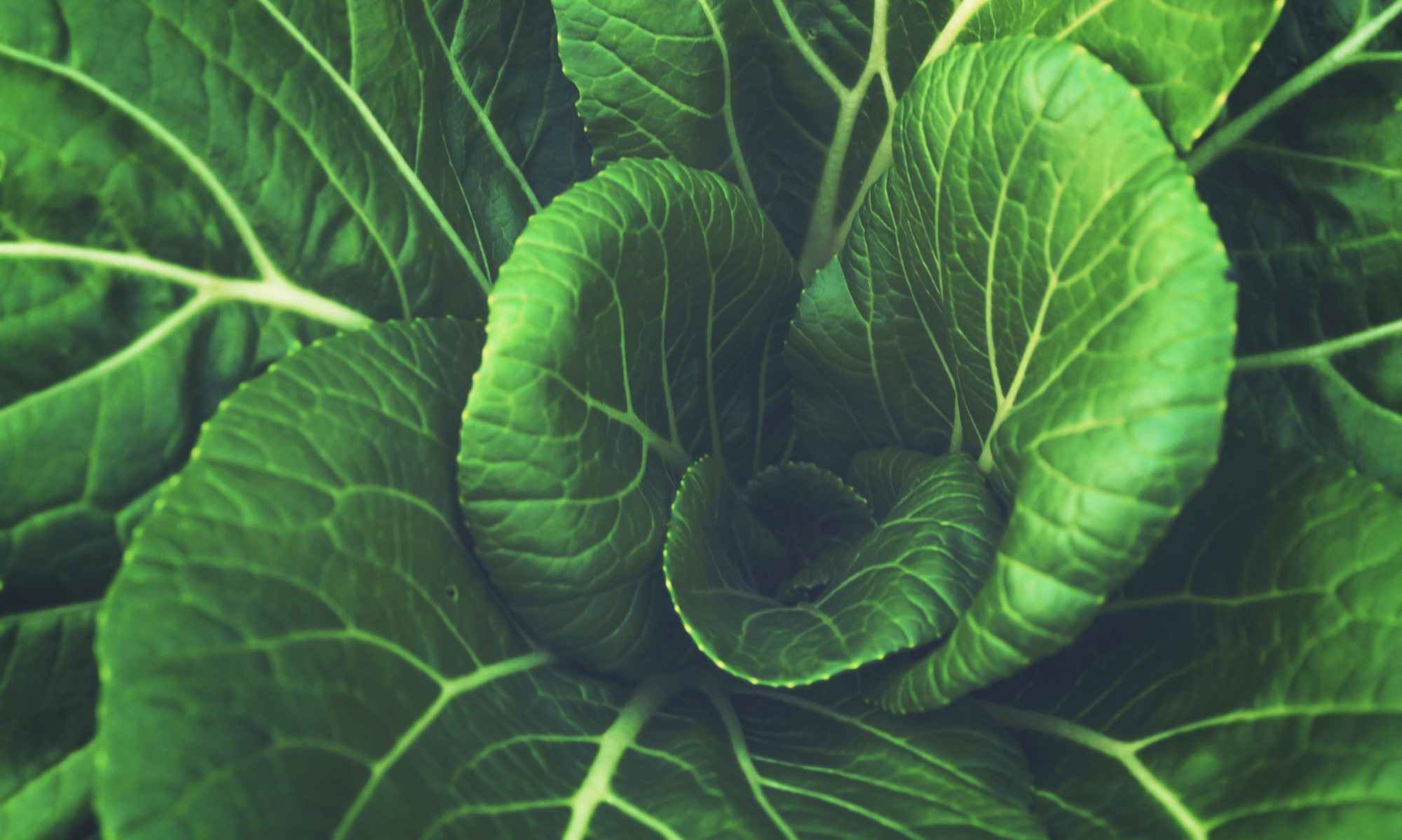Practical Applications
After learning about sodium and osmosis, you can explain a lot of common issues people encounter in life. The most common experience would be bloating. Have you ever noticed that you look different after downing a bag of chips or other salty snacks? Some people’s faces swell up while others get chubby fingers or don’t quite fit into their clothes for the next few hours. The explanation for all of these problems is osmosis.
When you eat something high in sodium, the sodium is absorbed into the intestinal cells along with the glucose (as seen above) and is pumped out of the cell into the blood. As the salt builds up in the blood and travels around to all your cells, the amount of sodium outside begins to exceed the amount of potassium inside of the cell. In effect, the sodium begins to win the tug of war and water gets drawn out of the cell. Outside, water has room to spread out and takes up more space than it did in the membrane bound cell. This leads to the bloated appearance after consumption of such food.
Systemic Effects
However, the effects of osmosis do not stop there. Water begins to enter the bloodstream because salt has built up in the vessels. This means that there is more pressure that your heart is fighting against to push blood through the body. To compensate, your blood vessels begin to weaken, allowing them to expand and reduce the pressure (using expansion to reach optimal internal conditions). This makes the vessels thin and stiff. At a certain point, the built up pressure threatens to break through the blood vessel, which is no longer able to fight the fluid expansion. This is what strokes and heart attacks are.
Chronic Damage
It still doesn’t end there, though. As the blood vessels grow stiff, the heart needs to generate more pressure to force blood through them. In response, the heart grows larger in order to generate enough force. While this allows the blood to continue flowing, the extra pressure pushes fluid out of the blood vessel membranes. People experience difficulty breathing as blood gets forced out into the lung tissue. Much like bloating, this causes swelling at the limbs as gravity pulls the escaping liquid down. However, unlike bloating, this is a systemic malfunction that causes huge amounts of damage. In chronic cases with severe symptoms like these, hormonal imbalances affecting water levels are the reason blood pressure is so high, not sodium. The cause of these imbalances stems from mankind’s departure from our natural habitat.
As you can see, the simple idea of osmosis is at the core of each organism’s survival strategy. Excessive stress placed on systems reliant on these principles such as the heart, blood vessels, and kidneys can create huge problems. By studying the methods of survival that life has evolved, it is possible to learn most, if not all, of the driving forces of the universe. Through these few examples, it is easy to see how much life relies on such properties.
A Macro Perspective: Society
My final analogy shows how the idea of concentration gradients and expansion are present in our social environment, specifically economics.
If you simplify the consumer market, the driving forces of wealth involves supply and profitable demand. The first struggle for businesses is determining how to increase the amount of people that want their product. Businesses must also decide how to increase production of products. When these factors are not in equilibrium, the maximum profit will not be reached. If the supply exceeds the demand, leftover products remain which are essentially a waste of money. If demand exceeds supply, the business is missing out on potential profits .
In this analogy, supply and demand are like salt dissolving in water. As long as there is space for the sodium and chloride ions to spread out and dissolve, they will. Conversely, the salt will sit at the bottom of the glass if too much ion is added and the saturation capacity is reached (demand). The challenges of businesses is essentially adding more water to the cup while making enough salt to saturate the solution.
Conclusion
Life that exists right now is the distillation of which “complex machines” work in the universe. Through eons of trial and error, nature has created the organisms that live today. It is basically like the most recent software update to Earth. Because of this, it is natural to look at the structure of organisms as models for construction of societies. The funny thing is that even though few think like this, the ideas society embraces resemble the driving forces of life. This perspective allows biology to expand into all fields of science. Biology acts as a “textbook of the scientific world” which can answer questions about the universe, if you just look for them.



3 Replies to “The Concentration Gradient: Transport of Molecules”
Comments are closed.